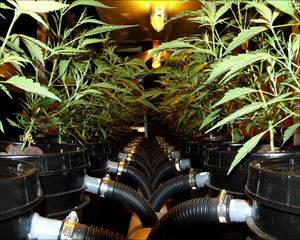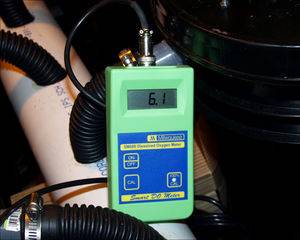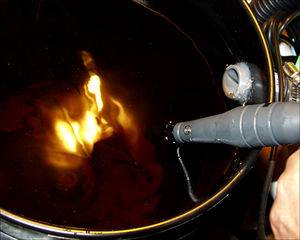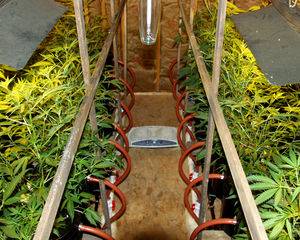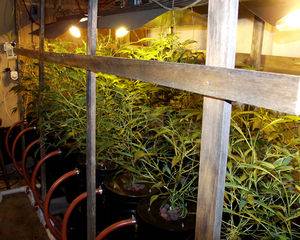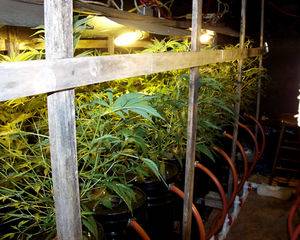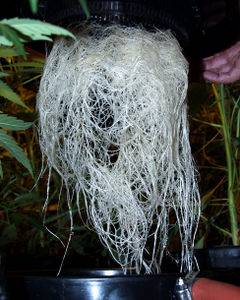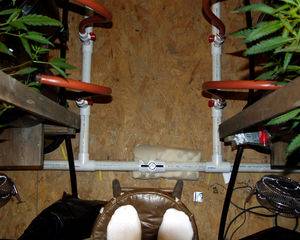oxy-pot
oxy-pot
Hey bigtoke, the oxy pots a well simple system, bucket, lid net pots like with ur system, fish tank air pump and air stone, the air stone sits in the botttom of the buketthe roots grow into the water and the bubbles go over the root givin them loadsa oxygen. I made mine for about £15 so far the results r preetty impresive, though this is my first hydro grow. Il post pics soon to show u in more detail. peace
oxy-pot
Hey bigtoke, the oxy pots a well simple system, bucket, lid net pots like with ur system, fish tank air pump and air stone, the air stone sits in the botttom of the buketthe roots grow into the water and the bubbles go over the root givin them loadsa oxygen. I made mine for about £15 so far the results r preetty impresive, though this is my first hydro grow. Il post pics soon to show u in more detail. peace



